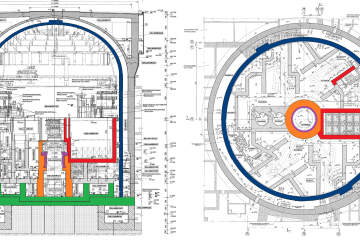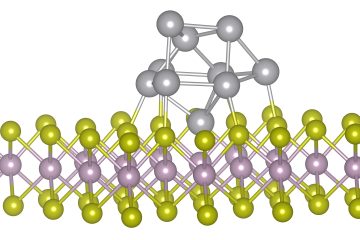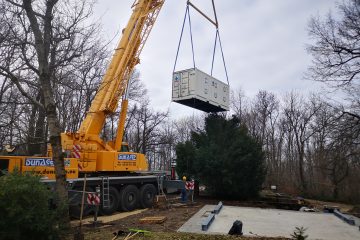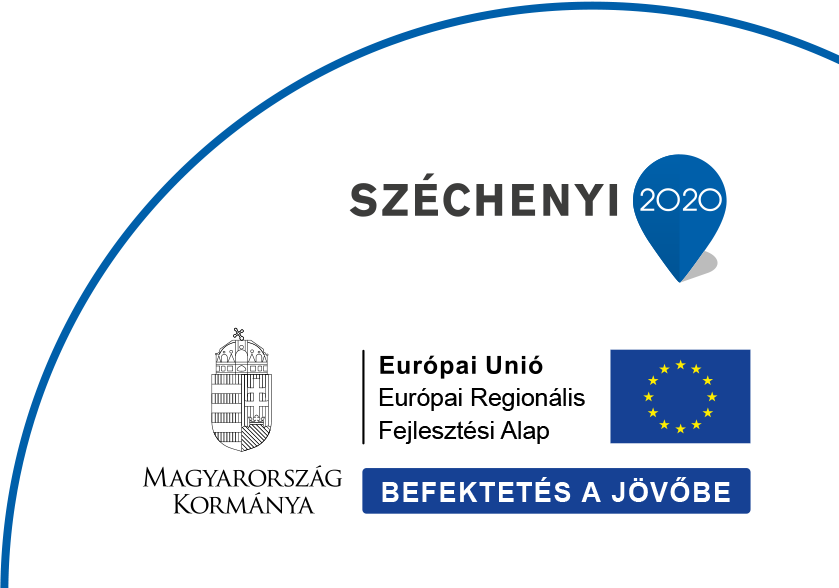RadMag, developed by the Space Research Department, Centre for Energy Research (EK), is an instrument suite for space radiation and magnetic field measurements to study space weather. RadMag might be a key instrument to the Distributed Space weather Sensor System (D3S) of the European Space Agency (ESA) or utilized as hosted payload on navigation, communication or Earth observation satellites).
On August 17, 2021, at 03:47 CEST, the European Vega launcher successfully launched the VV19 mission, with the first version of RadMag on board. The hosting satellite platform is a three-unit (3U, approx. 30 x 10 x 10 cm3) CubeSat, developed by C3S LLC, Budapest, Hungary. RADCUBE is a technology demonstration mission of the RadMag instrument, i.e. to prove the suitability of the technology used in space.
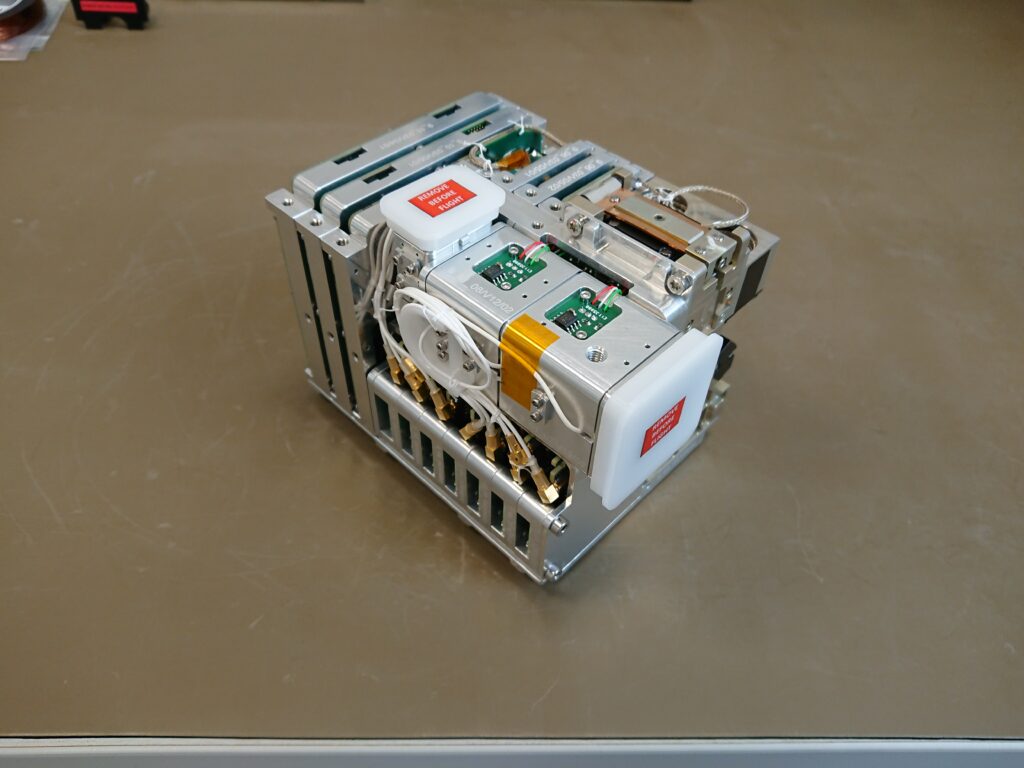
Today, life is practically unimaginable without relying, directly or indirectly, on global navigation, communication, meteorological or earth observation satellite systems. This also implies that humanity is more exposed than ever to the harmful effects of space. Our cosmic environment is subject to significant and often unexpected changes due to variations in the solar activity over time. In order to predict the effects of these changes on terrestrial and space-borne infrastructure, it is essential to perform continuous measurements at different points in the near-Earth region.
In recent years, ESA has set the goal of enabling Europe to operate an autonomous space weather prediction and warning network, being independent from the existing network of mostly U.S. satellites. Such a satellite system is quite expensive to set up. While small satellites in the range of 10-30 cm are well suited for technical demonstration missions and for certain scientific investigations, long-term reliability of space weather services must be considered. This is why ESA has come up with the “hosted payload” concept: providing suitably small-sized, low-powered space weather instruments, such as RadMag, hosted by the next generation of ESA’s satellite systems. as „piggy-back” payloads!
As a full member state of ESA, Hungary signed up to the agency’s space safety optional programme in 2019. This opened the opportunity for Hungary to have an active role in ESA’s space weather studies. In the framework of the D3S-RadMag project, EK’s Space Research Department has developed a concept that provides a high degree of flexibility thanks to its modular design. In line with the possibilities offered by the hosting satellite platforms and ESA’s requirements, the system can include several radiation telescopes (from silicon detectors) to measure space radiation and magnetometers to study magnetic field variations. The RadMag system can also be supplemented in the future with other space weather instruments, such as Langmuir probes for measuring electron density or the Hungarian SAS instrument for measuring electromagnetic fields.
The RADCUBE programme is implemented under ESA’s General Support Technology Programme (GSTP contracts 4000117620/16/NL/LF/as and 4000120860/17/GLC/as). The magnetometer for RadMag was developed by Imperial College London, and the magnetometer’s boom opening mechanism by Polish space industry company Astronika. RadMag also includes two printed circuit boards from ESA for studying radiation hardness. The RadMag instrument was developed and tested by EK in collaboration with REMRED Ltd. , a space industry company founded by the research centre. The development of the D3S-RadMag is also carried out by EK in close collaboration with REMRED Ltd. under contract ESA 4000124572/18/NL/CBi. The manufacturing of the engineering model of the D3S-RadMag instrument is about to be completed; its thorough space environmental testing will take place in autumn this year.
